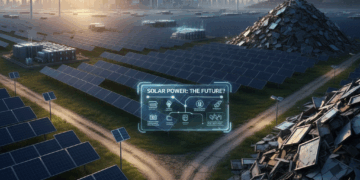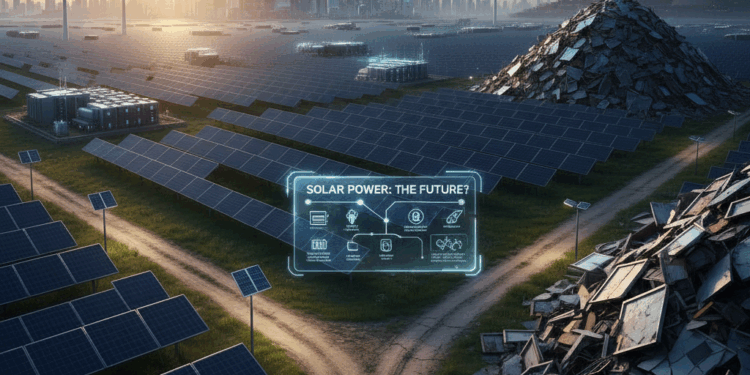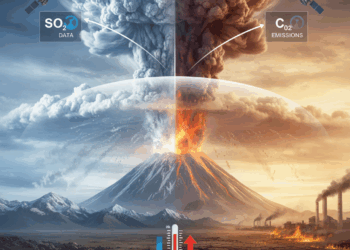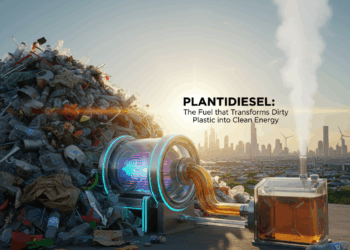The global push to decarbonize energy systems has positioned solar power at the heart of the climate transition. Proponents describe it as a limitless, clean resource capable of supplanting fossil fuels, while critics caution that technological and logistical barriers still loom. In the past two decades, photovoltaic (PV) technology has undergone a dramatic
transformation. Advances in silicon wafers and emerging perovskite cells have driven efficiency improvements while sharply reducing costs. According to the IEA, the cost of solar PV
has declined by nearly 85% since 2010.
Despite its promise, solar energy faces a fundamental limitation: intermittency. Without effective energy storage, reliance on solar can lead to grid instability. Innovations in lithium-ion
batteries, flow batteries, and green hydrogen offer potential solutions, though implementation remains costly.
Another challenge lies in land use. Utility-scale solar farms require vast tracts of land, raising concerns about habitat loss and competition with agriculture. The production and disposal of
solar panels also involve mining and processing materials, raising questions about the true environmental footprint. Experts increasingly agree that solar energy alone cannot fully replace fossil fuels but must operate as a cornerstone of a diversified energy mix. Alongside wind, hydro, nuclear, and emerging technologies, solar can drastically reduce dependence on coal, oil, and gas.
The future of solar depends on how effectively societies confront its technical and social challenges. If storage technologies advance and recycling systems for PV materials scale up,
solar power could emerge as the dominant energy source of the 21st century.
Author:Marianna Petrillo

































